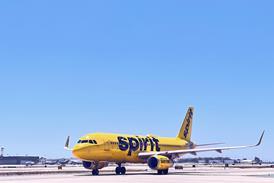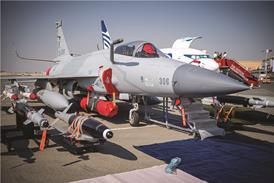Solar power could be available in the ultralight class by the end of the year if German certification goes to schedule for the innovative Elektra One Solar.
Calin Gologan, chief executive of PC-Aero and the engineer behind its electric-powered Elektra One projects, says the solar-enhanced version shown and flown at ILA is in certification configuration, although manufacturing improvements could increase efficiency by laminating the solar panels flush with the wing surface to improve laminar air flow.
His goal is to give the aircraft a 1,000km (540nm) range, compared with about 800km as shown at ILA. And, he adds, that level of aerodynamic efficiency and some further reductions in airframe mass would have the on-wing solar panels providing about half the 2.4kW/h needed for horizontal flight.
To put Elektra One Solar's efficiency goals in perspective, that is less than half the power consumed by a car air-conditioning system and only twice as much as a washing machine.
But the promise of Elektra One Solar goes beyond its green credentials. Compared with piston-powered ultralights, the electric drive system is nearly vibration-free and, at only 50dB, virtually silent.
PC-Aero and its commercial partner Neowings reckon the aircraft can be operated for about €35 an hour, including maintenance, which in keeping with German ultralight rules would include a yearly service but an engine overhaul only every 10,000 operating hours. Price will be set after certification, but is promised to be in line with existing ultralights.
Elektra One Solar could make a popular sports aircraft and Wolfgang Breitfeld, of Neowings, thinks there will ultimately be great interest in a two-seater. Flight schools are expected to be keen customers, as many operate in noise-restricted areas.
Again, to meet German ultralight rules, there is an all-aircraft parachute system.
Gologan adds that unmanned or optionally manned versions are on the design agenda in larger and smaller versions. In addition to flying with little "noise" - sound, vibration or heat - electric power allows the aircraft to achieve altitudes of 20,000m (65,500ft). From that height, notes Gologan, it is possible to see across the entire width of Germany: "It's like a satellite."
The aircraft, first shown as a mock-up at Aero Friedrichshafen earlier this year, features the fuselage of the Elektra One battery-powered model with a larger, more efficient wing and solar panel power enhancement. Dry weight is 100kg (220lb), with another 100kg for batteries and 100kg payload, offering a maximum take-off weight of 300kg.
Source: Flight Daily News























